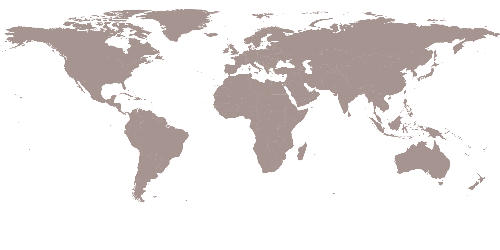Collaborative urban renewal
The project emerges from a strategic collaboration between architects and the grassroots organization Blacks in Green, aiming to transform a disinvested urban area into a thriving, sustainable district. It supports the non-profit’s mission to build local wealth through energy, food, housing, and culture, while enabling residents to remain and thrive within their own neighborhoods.
Flexible housing and shared spaces
The residential complex comprises eight adaptable housing units complemented by internal and external shared areas. These include a guest room, recreational zones, and green spaces dedicated to on-site agriculture. The spatial configuration encourages communal living, promotes interaction, and fosters a resilient social fabric.
Sustainable construction and local capacity building
Timber construction is used throughout, with a focus on simple, easy-to-assemble components that allow for local participation and skill development. The construction process becomes an educational tool—offering training opportunities and reinforcing the project’s social mission.
Environmental performance
House as Garden is designed to be net-positive in energy, utilising both passive and active strategies to reduce demand and generate surplus power. Systems for rainwater collection, greywater reuse, and ecological treatment are integrated visibly into the architecture, engaging residents with the workings of sustainable living.
Toward a sustainable square mile
Beyond the individual homes, the project sets the tone for a wider regenerative transformation. By combining architecture, environmental stewardship, and grassroots community engagement, House as Garden offers a replicable model for neighbourhood-scale sustainability that is inclusive, empowering, and deeply rooted in place.
The Holcim Awards jury North America considered the project to be an impressive gesture of “organic” regeneration that is energetically focused on designing a socially viable and autonomous environment to empower the community. The proposal suggests an innovative residential building typology that not only gravitates around the value of sharing as a means of human empowerment, but that is also environmentally friendly and aesthetically pleasing.
The jury particularly appreciated the great potential for flexibility and replicability of the project which promotes transferable sustainable practices under many aspects. The interesting and compelling way the architecture integrates “off the shelf” technologies (including solar PV panels, heat recovery ventilation, thermal glazing, greenhouses, etc.) was highly commended, especially in consideration of the affordability of the project. This proposal exemplifies how sustainable architecture can be designed to be both economical and beautiful – and can offer communities in need a new opportunity for their future.









